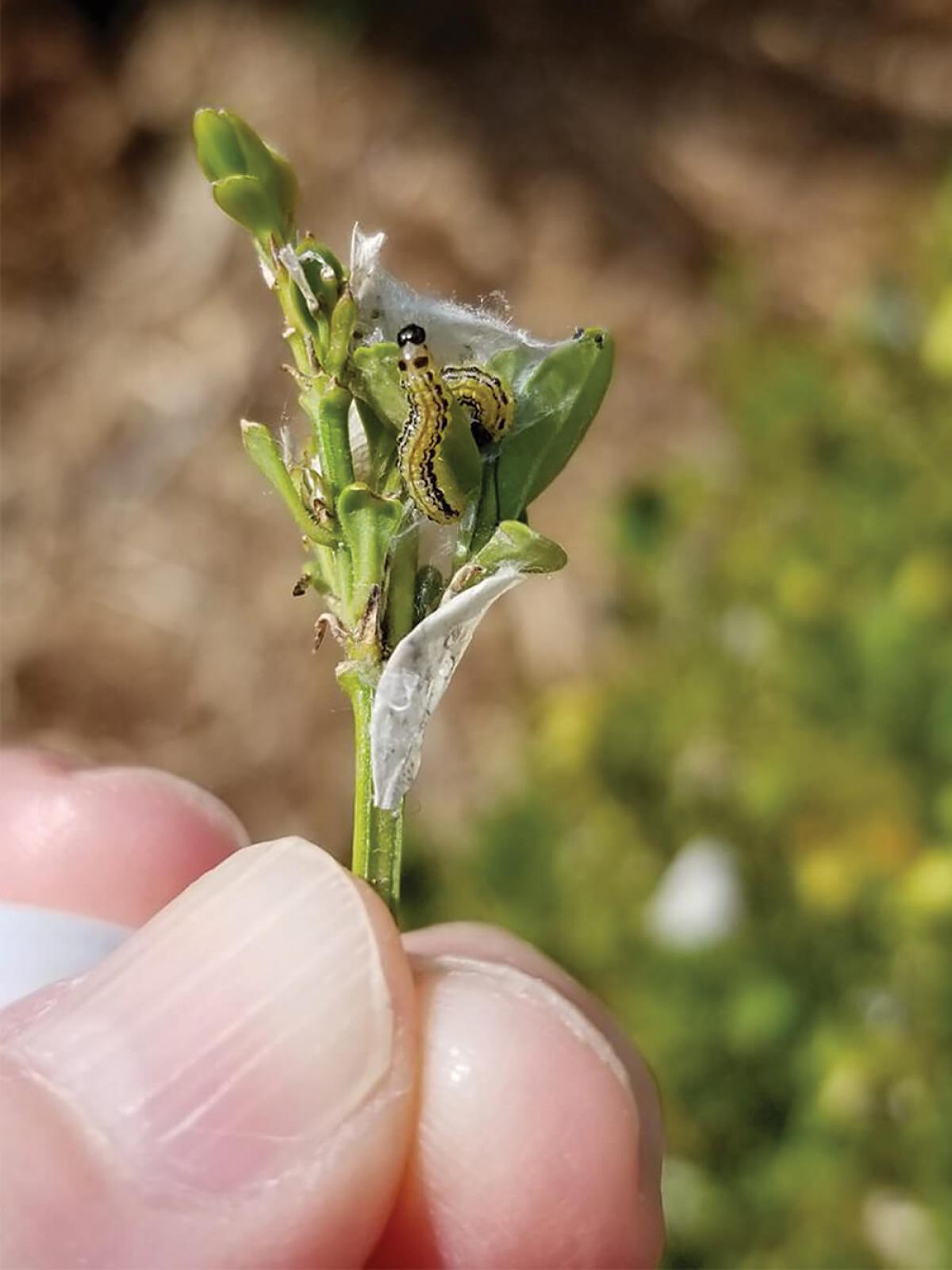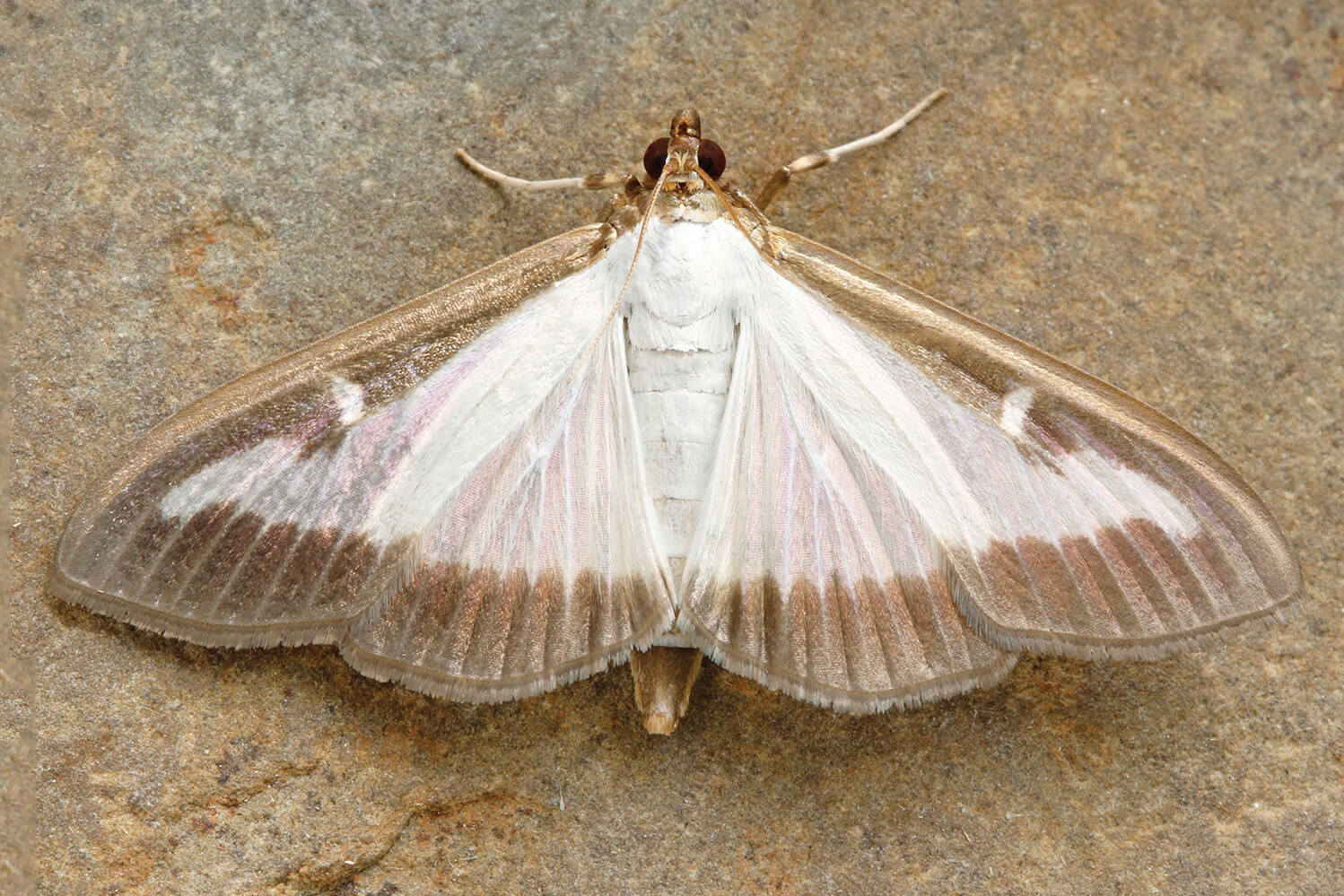Box Tree Moth

Jun 7, 2024
Be on the lookout for invasive pests this season
Monitor landscapes for box tree moth and report any sightings of spotted lanternfly.
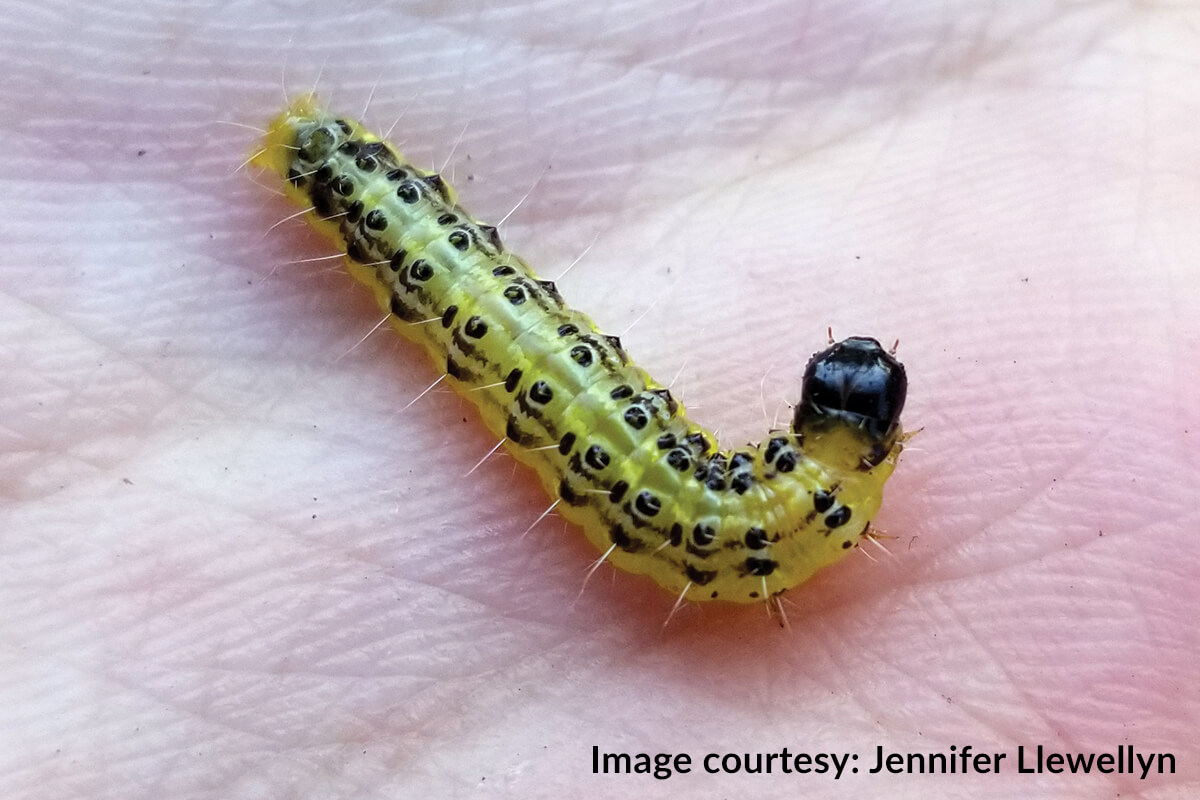
May 15, 2024
Box tree moth: A growing concern for Ontario gardens
Box tree moth larvae are actively feeding. Learn how to spot this pest and what you can do to stop it from spreading.
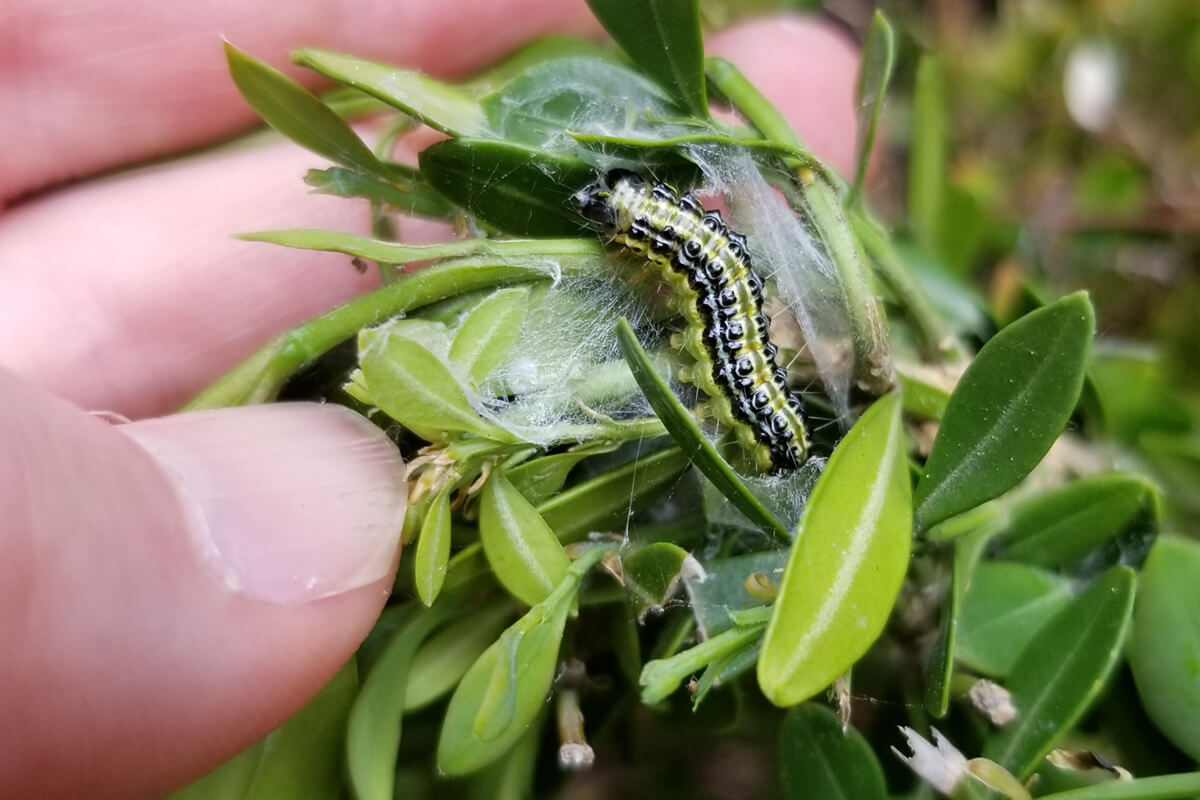
Sep 11, 2023
Box tree moth discovered in London, Ont.
When homeowner Susan Skelton went outside to water her hostas in London, Ont., on Aug. 8, she was faced with three destroyed boxwood shrubs.
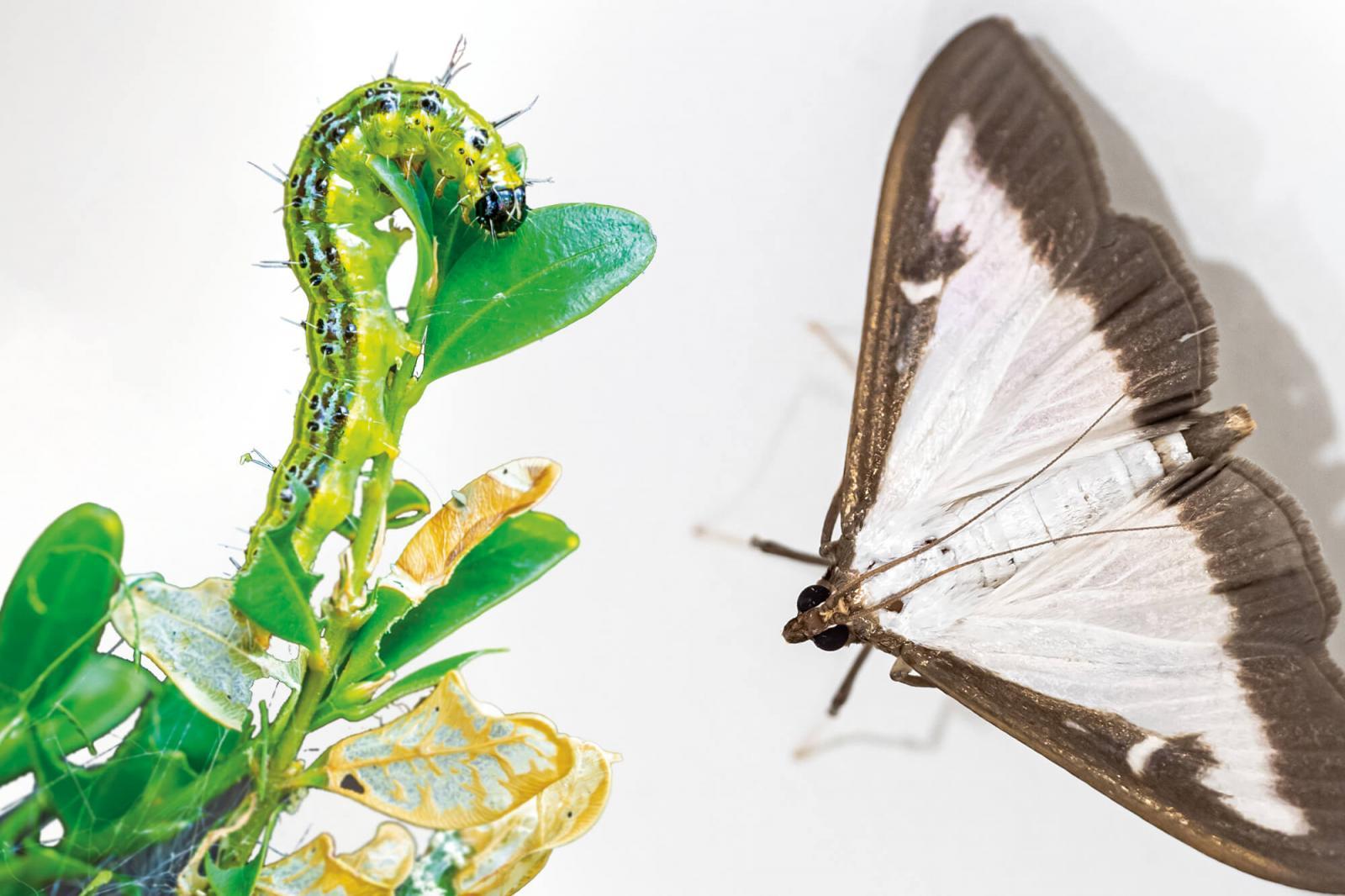
Aug 9, 2023
How to detect and treat box tree moth
Learn the signs of Box Tree Moth versus LD Moth and how you can help to detect, treat and slow the spread of this Ontario pest.
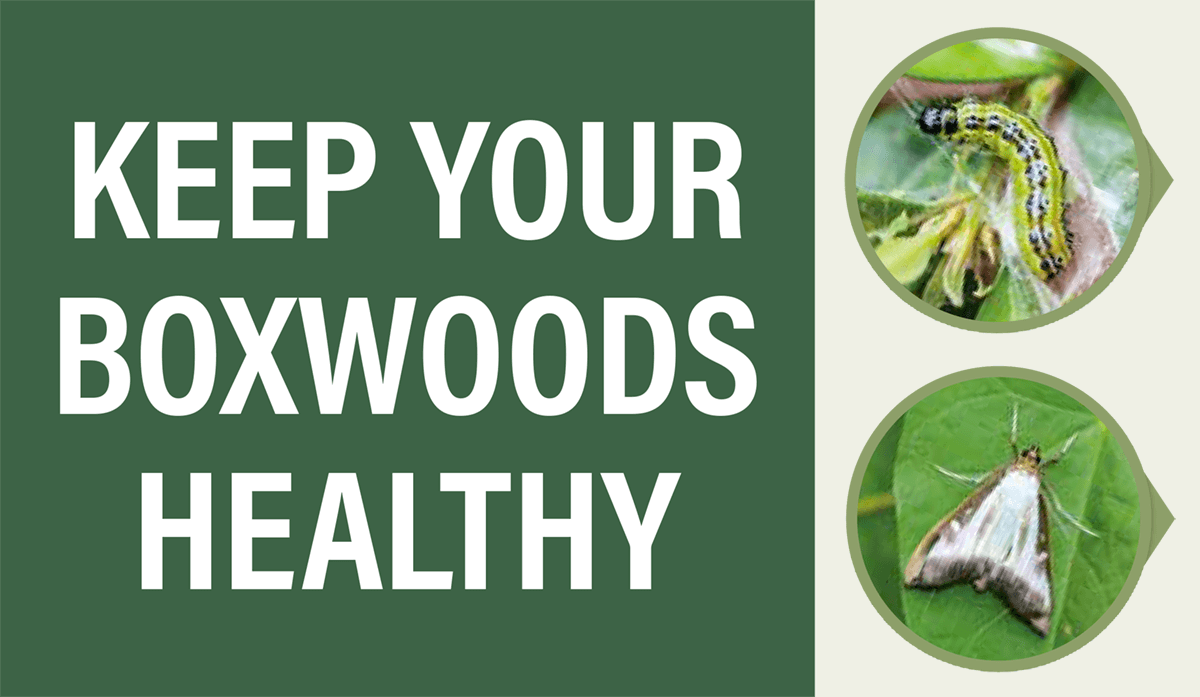
May 8, 2023
Box Tree Moth life cycle infographic
Help to minimize the spread of box tree moth by learning the what this pest looks like at various stages of its lifecycle.
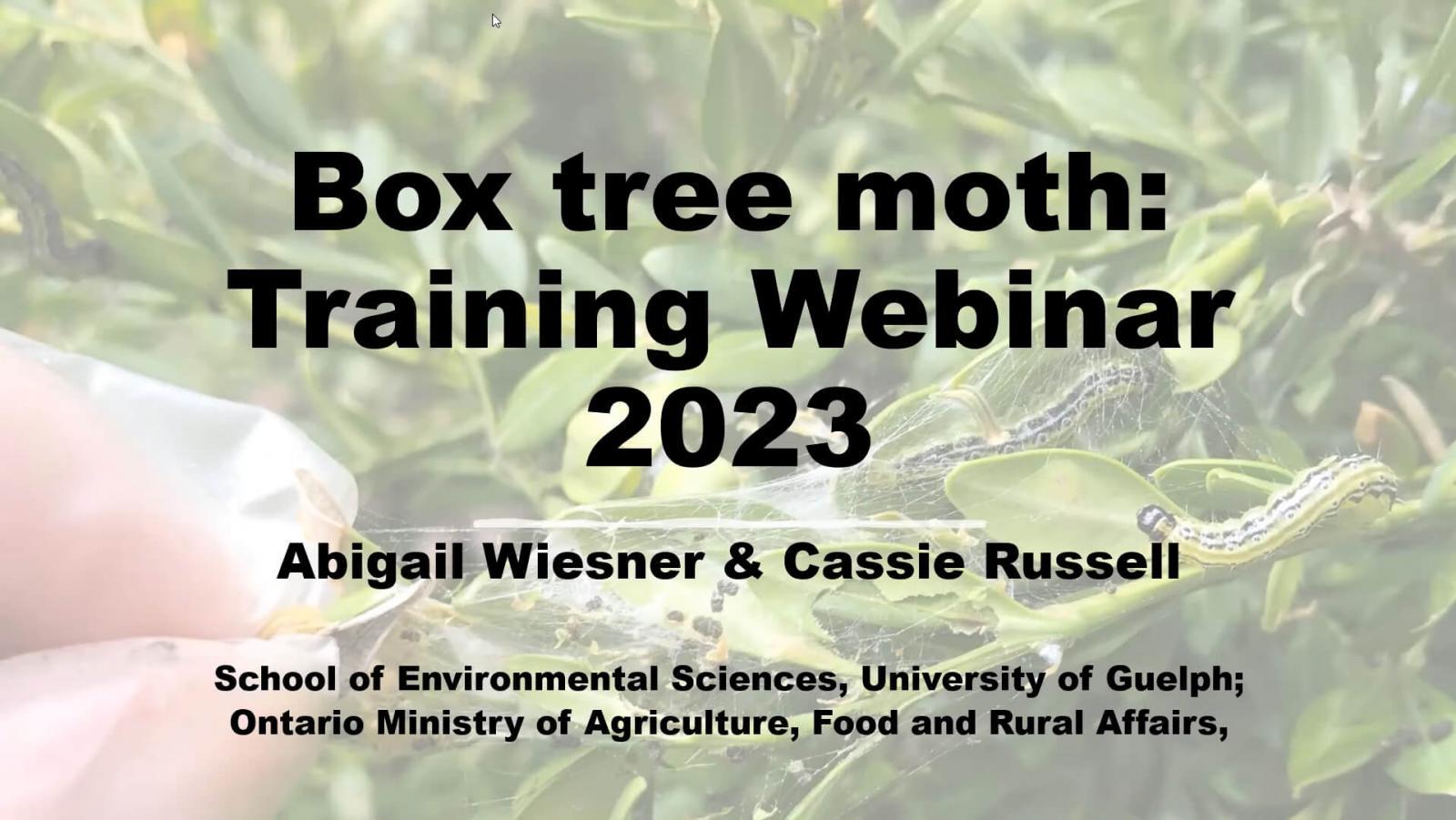
Apr 26, 2023
Box Tree Moth: 2023 Training and Resources
OMAFRA's Cassie Russell and Abigail Wiesner teamed up to present a 30-minute refresher on the basics of BTM biology, how to monitor for this pest, pheromone traps, and what is currently registered for control.

Mar 30, 2022
Box Tree Moth Best Management Practices for Growers
Download the latest Box Tree Moth Best Management Practices developed by CNLA, LO, OMAFRA and the University of Guelph.
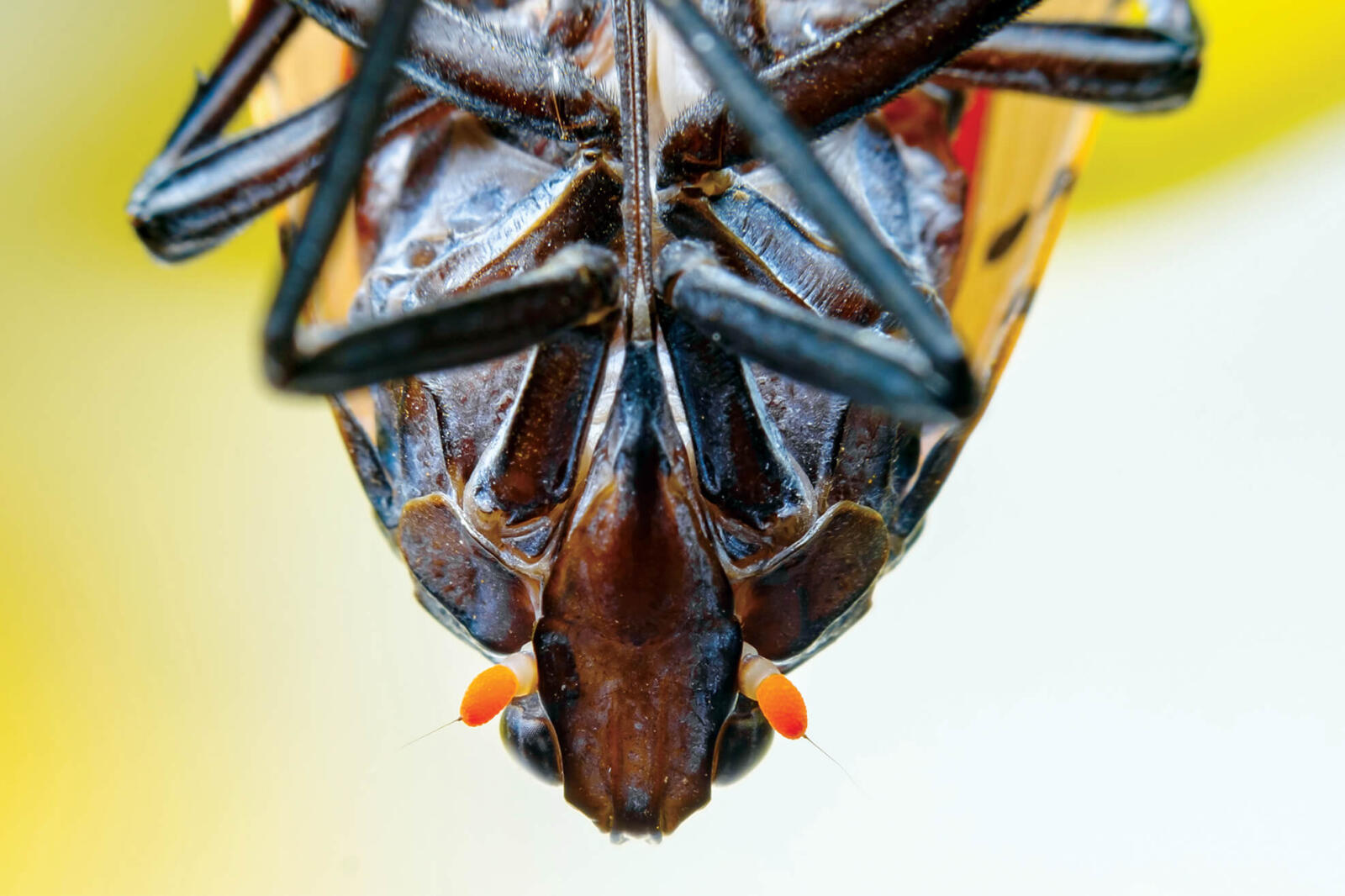
Jan 12, 2022
Existing and emerging invasive pest threats
We need to be prepared to battle harmful alien creatures whose introduction and spread threatens the recreational, ecological and economic values of our natural environment.
